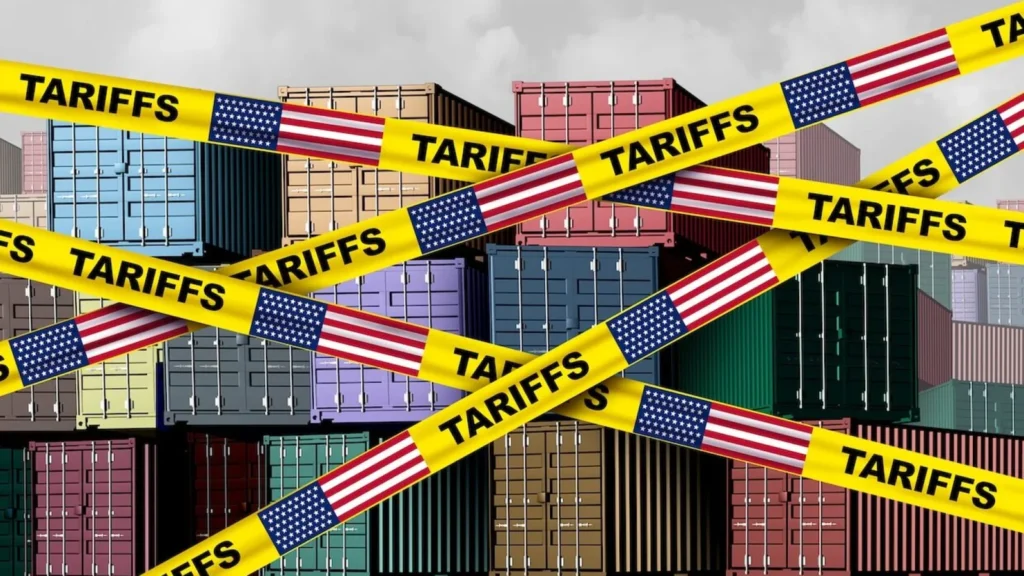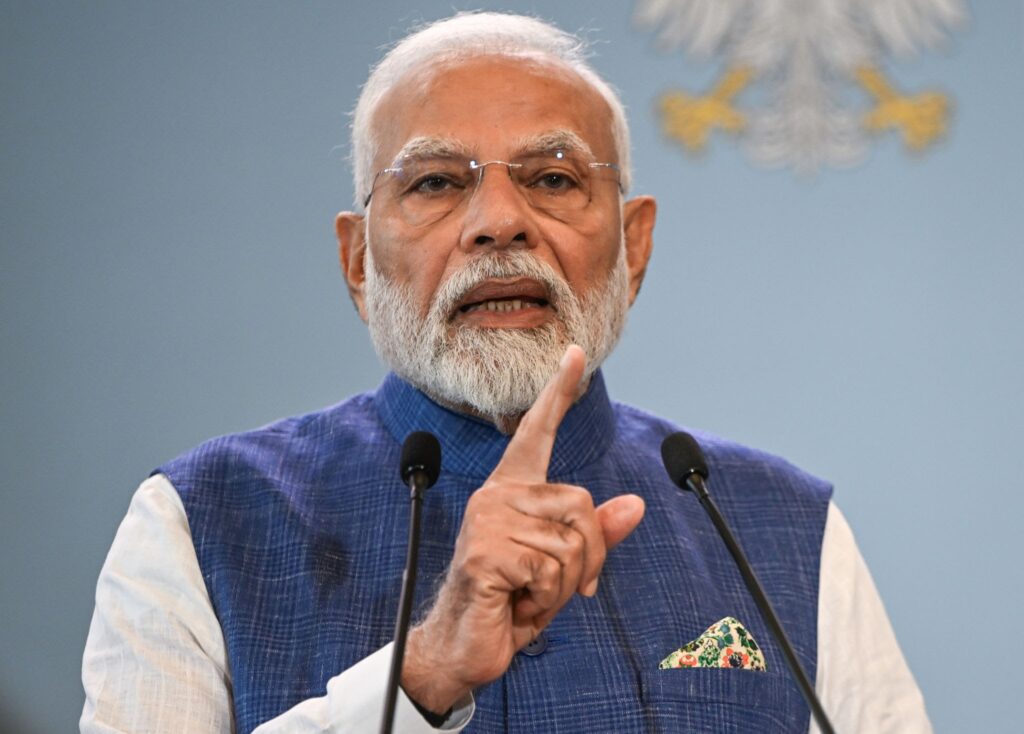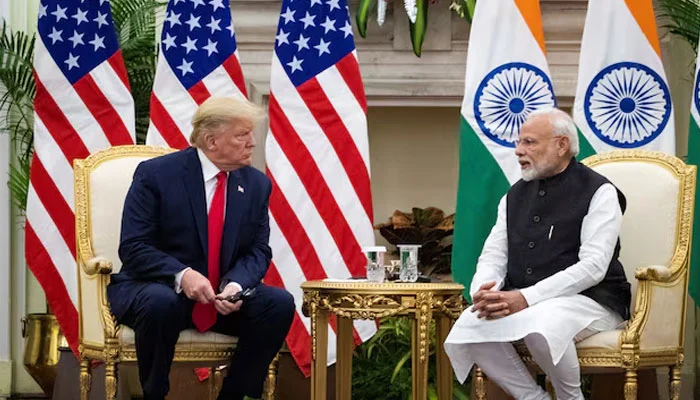The Statement that Shook the Dais In the heart of New Delhi, under the harsh August sun, Prime Minister Narendra Modi stood resolute. His words rang with conviction: “India will never compromise on the wellbeing of its farmers, dairy sector, and fishermen. And I know personally I will have to pay a heavy price for it.” These remarks came just hours after U.S. President Donald Trump unleashed a bombshell—a new 25% tariff on Indian goods, stacking the total U.S. levy to a daunting 50%. It was a direct hit to India’s economic ambitions and its export-driven sectors. But for Modi, the message was clear: the welfare of India’s agrarian backbone would not be bartered.

When Trade Talks Turn Cold For months, India and the United States had been locked in five exhaustive rounds of trade negotiations. The crux of the deadlock? The U.S.’s persistent demands to open up India’s sprawling farm and dairy sectors—industries that feed and sustain millions. Coupled with India’s continued purchase of discounted Russian oil, the talks finally crumbled. While Trump justified the tariffs as a punitive measure for India’s Russian oil deals, many analysts saw the move as geopolitically motivated and economically aggressive. Modi, however, made no direct reference to Trump’s tariff hike—choosing instead to champion the cause of India’s primary sector.
A Blow Felt Far and Wide The announcement of the tariff, effective August 28, sent ripples across India’s trading community. Indian exporters braced for impact, knowing full well that a 50% tariff made their products among the most heavily taxed by any U.S. trading partner. The Indian Foreign Ministry, usually measured in its responses, called the decision “extremely unfortunate.” Secretary of Economic Relations Dammu Ravi was more forthright: “The U.S. tariff hike lacks logic. This is a temporary aberration… the world will find solutions.” His words hinted at a broader narrative—that of resilience, adaptation, and perhaps most notably, recalibration.
China in Contrast Interestingly, while India bore the brunt of America’s tariff stick, China remained untouched—despite being the largest buyer of Russian oil. Experts were quick to point out the difference: China held a powerful bargaining chip—its vast reserves of rare earth minerals, essential to American tech and defense industries. India, lacking such strategic resources, found itself in a more vulnerable position. This imbalance underscores a vital lesson for emerging economies: diversification, not just in trade but also in strategic assets, is crucial in a multipolar world.

The Youth’s Takeaway—Roots Before Routes For the younger generation watching this drama unfold, the takeaway was profound. Modi’s stance may have been politically costly, but it revealed the depth of leadership conviction. Sacrificing short-term global appeasement for the long-term security of farmers teaches youth an invaluable lesson: success without integrity is hollow. Sometimes, standing your ground—even when it costs you—is what sets true leaders apart. Whether in entrepreneurship, activism, or public service, roots matter before routes. Know what you stand for before deciding where you want to go.
The Diplomatic Domino Effect As U.S.-India relations began to strain under the weight of economic disagreements, India started quietly exploring alternative alliances. One of the most telling signs was Modi’s upcoming visit to China—his first in over seven years. Though unconfirmed publicly, the visit signaled a potential realignment in India’s foreign policy chessboard. Meanwhile, Brazilian President Luiz Inacio Lula da Silva proposed a BRICS-level discussion on how to respond to the U.S. tariffs. He planned to call Modi, Xi Jinping, and other BRICS leaders to explore a unified stance. With BRICS members including Russia and South Africa, the bloc began to see itself less as a symbolic alliance and more as a counterbalance to Western economic hegemony.
Partnerships in a Polarized World India’s economic planners and strategists found themselves at a crossroads. With American doors creaking shut, the search for reliable, equitable trade partners became urgent. Discussions gained traction around strengthening ties within the Global South and turning eastward toward ASEAN nations, the Middle East, and even Africa. Ravi aptly summarized this shift when he said, “Like-minded countries will look for cooperation and economic engagement that will be mutually beneficial.” For a country as vast and diverse as India, self-reliance didn’t mean isolation—it meant wise interdependence.
A Crisis, A Catalyst What began as a blow—a doubled tariff from a long-time trade partner—quickly transformed into a catalyst for introspection and innovation. In every challenge, there lies opportunity. India now faced the task of not just cushioning its exporters but also strengthening its domestic market, building self-sufficiency in high-impact sectors, and forging new international collaborations. For its citizens—especially the youth—this moment served as a masterclass in crisis management, diplomacy, and economic resilience. The world may have pressed India to the margins, but in those margins, India found a chance to redraw the map.
















